The Decoction Concoction
The Decoction Concoction
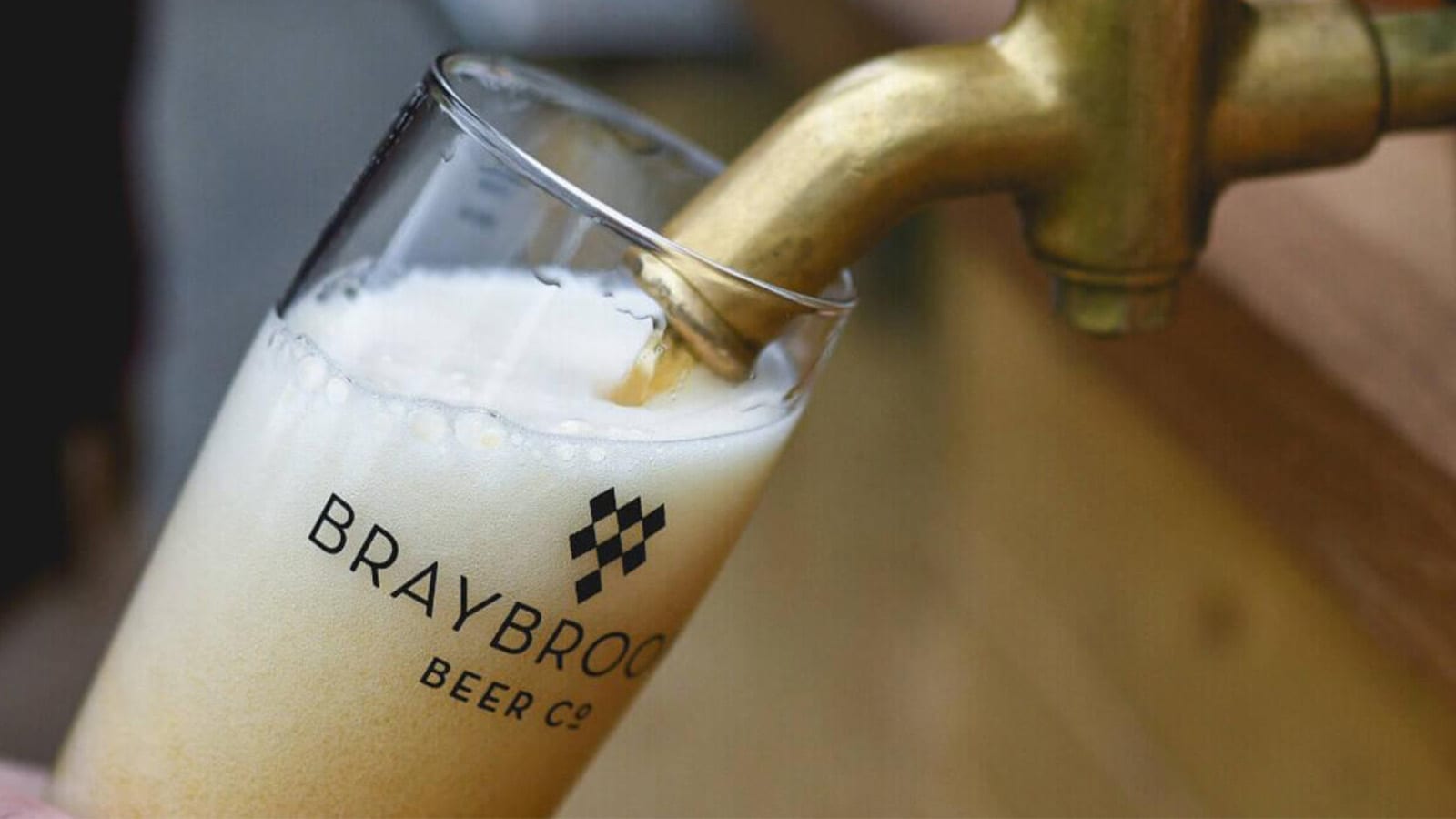
Decoction is steeped in rumours and myths. A lot of people are against using decoction because they think it’s an antiquated technique that’s only used to break down really under-modified malts, but the reality of it is much more complex than that.”
Jeremy Swainson, head brewer, Utopian Brewery.
A decoction is a process specific to lager brewing and it involves separating a portion of the mash – the mix of malt and hot water – to boil it before returning it back into the rest of the mash. It’s been used by Bavarian brewers since at least the beginning of lager production some 600 years ago, and it was later adopted by Bohemian brewers and then other lager brewers around the world, and it was a way to maximise the fermentable sugars extracted from the malt and to enable more consistent beer at a time that was pre-scientific knowledge and instrumentation.
The historic ways of brewing with a decoction mash were hard work and labour intensive, so as large-scale lager brewing modernised through the 20th century and needed to become more efficient, the decoction mash was made redundant, replaced by an infusion or step mash.
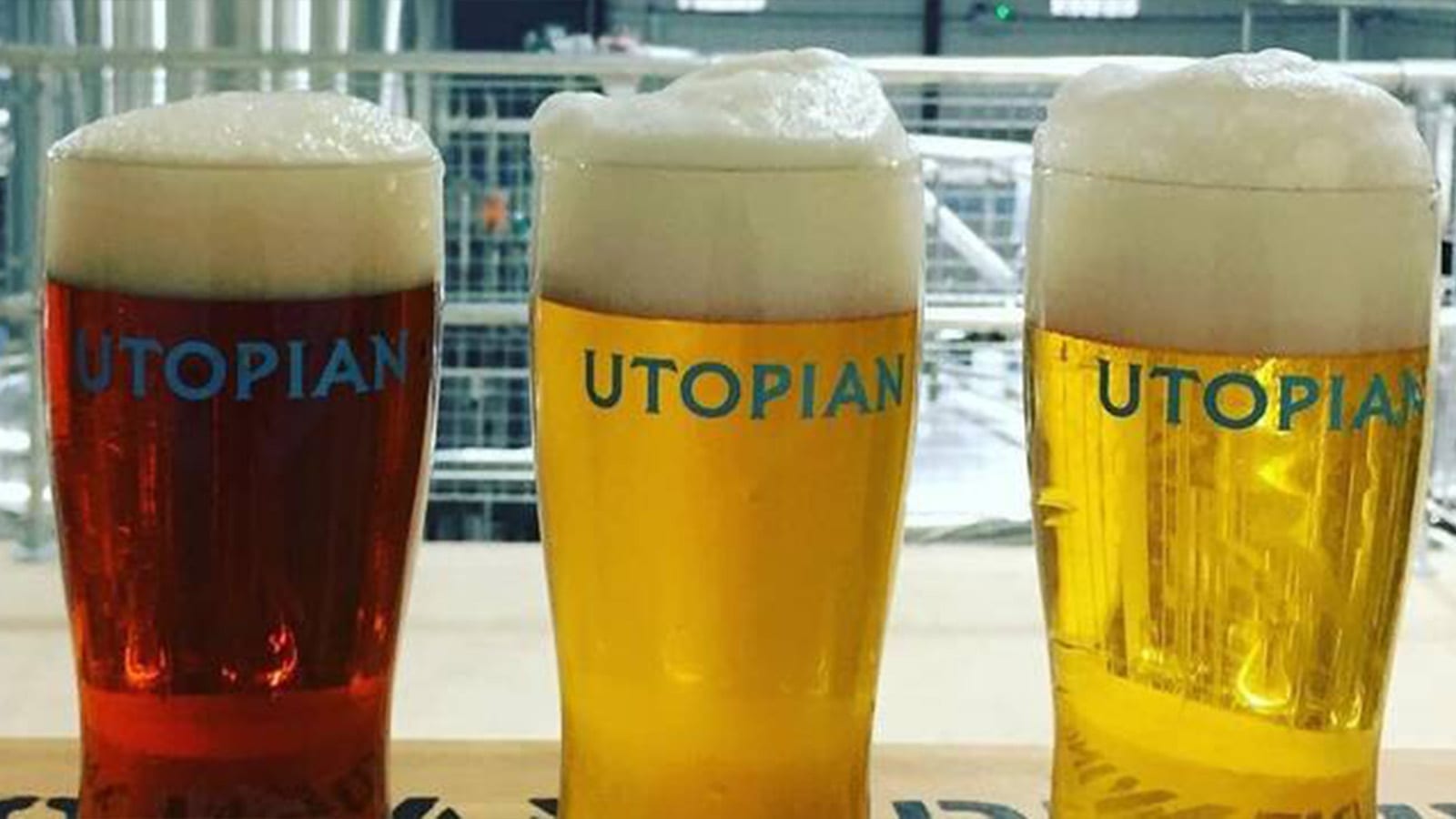
Yet while it may be time-consuming and, as we’ll see, scientifically unnecessary, there is something special about the flavour that a decoction mash can produce, which is why most Bavarian and Czech lager brewers still use it today. And it’s a flavour that more British brewers are looking to get into their beer.
“The flavour is hard to place,” says Jeremy Swainson, head brewer of Utopian Brewery in Devon. Swainson studied and brewed in Germany before moving to England: “When our professors in Munich were trying to tell us the wonders of decoction, we’d taste a beer and they’d say ‘it’s got a certain kern to it.’” That translates to the core of the beer, “so it changes the heart of the beer by adding just a bit more maltiness, so the grain is pronounced a bit clearer, and the overall perception of the body of the beer is increased.” Malt is the important ingredient in the decoction process.
Malt is packed with unfermentable starches, which are basically insoluble glucose molecules, and the beginning of any brew involves mixing the malt with hot water (62ºC to 72ºC) which allows enzymes naturally present in the malt to break down those unfermentable starches and convert them into fermentable sugars (which yeast will later turn into alcohol). There are two key enzymes in the malt: alpha amylase breaks down the large, complex, insoluble parts of the starch molecule, making them soluble, while beta amylase converts those smaller starches into sugars, with alphas working best around 72ºC and betas at around 62ºC.
Modern malt is what we call ‘fully modified’, meaning the malting process has broken down the starch cell walls making it easy for the enzymes to turn the starches into sugars as long as brewers get the right temperatures in their mashes. Historically this was different, and malted barley was ‘under-modified’ with rudimental malting techniques unable to effectively break apart the starches, so brewers had to perform more complicated mashing processes to get the maximum fermentable sugars. This led to the decoction technique in Bavaria.
There have been many different variations of decoctions over the past centuries, but as lager brewing grew with industrialisation from the 19th century onwards, a ‘triple decoction’ was most widely used. And miraculously, without any thermometers, scientific instruments or even scientific awareness of what was happening in their vessels, Bavarian brewers empirically got to the perfect temperatures needed for the enzymatic conversion of starches to sugars – temperatures that all modern breweries use today.
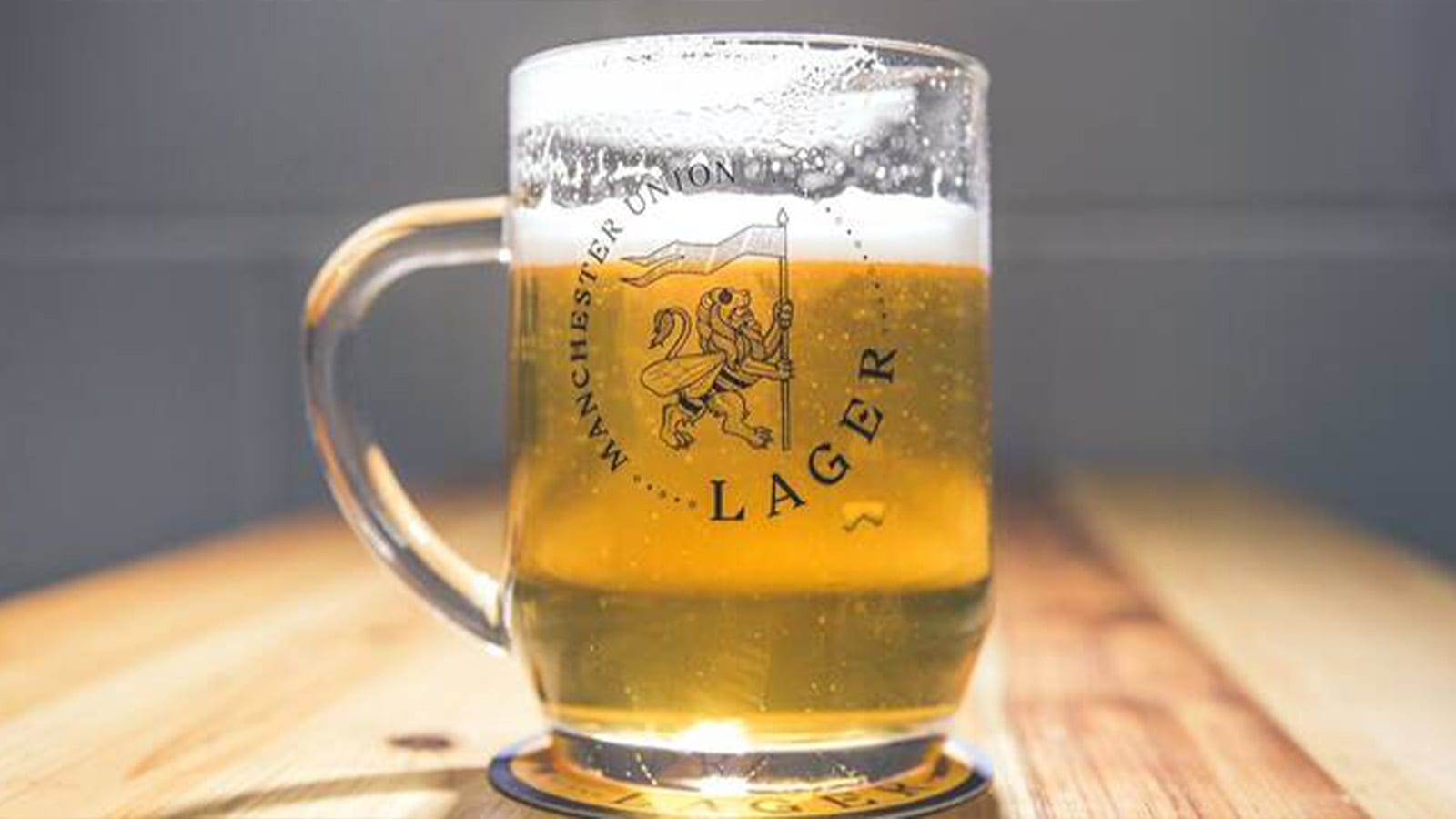
An old triple decoction worked like this: malt was mixed into a large wooden mashing vessel with water which was about 36ºC (blood temperature, so easy to measure without a thermometer). It was held there for a couple of hours; meanwhile a third of the malt and water was drawn off into a smaller copper vessel and gradually heated to around 70ºC, where it was held for a short time, allowing the alpha amylase to start converting the available starch molecules. Then the decocted mash was boiled for anywhere between 10 and 45 minutes, with the boiling breaking apart the starch cells in the under-modified malts. When the boiling wort was returned to the mashing vessel, the overall temperature increased from 36ºC to 50-55ºC, an ideal temperature for excess proteins in the under-modified malts to be removed. Brewers held the mash there for an hour or so before performing a second decoction, again taking one-third of the mash out, then boiling it (no 70ºC rest this time) and returning it back again, this time taking the mash temperature up to around 60-65ºC, ideal for the beta amylase to create sugars. They repeated the process one more time with the final mash temperature getting to around 70-75ºC, for more alpha amylase activity – this step produces some unfermentable sugars, giving a beer with more body (most Bavarian lagers would’ve been under 4% ABV and were seen as a kind of ‘liquid bread’, so this extra body and sweetness was especially important).
Malt is packed with unfermentable starches, which are basically insoluble glucose molecules
From their under-modified malts, brewers were getting as much sugar as possible out of the mash. And by boiling it, they were also creating new flavour compounds, with the malt sugars going through the Maillard reaction which effectively caramelises them, creating a richer body, a malty sweetness and a distinctive bready, toasty aroma.With modern malt, and brewhouses with mechanical temperature control, decoction mashing was phased out in favour of infusion (holding malt and hot water at around 67ºC to get alpha and beta amylase to convert starch to sugar) or step mashing (incremental step ups in temperature similar to those in a decoction mash). But decoction is still an essential and traditional process for lager breweries in Bavaria and the Czech Republic who will perform one or two decoctions on their beer (very few do three decoctions, with Pilsner Urquell a rare exception), mostly for its characteristic fullness of body and for its flavour.British lager brewers are also now using decoction mashes to evoke those old traditions and to create the unique flavours of this old mashing technique.“We do decoction to produce lagers that are rich and malty yet clean and crisp without being cloying and with a great overall mouthfeel,” explains Ian Johnson, head brewer at Manchester Union Brewery who, in seeking to emulate the malt character of classic Czech lagers, had their brewery designed with a decoction vessel. For their Pilsner, they draw off their wort at around 64ºC then boil it for 15 minutes. When it goes back into the overall mash, it raises the temperature to around 75ºC. The finished beer has a smooth, toasty flavour that you don’t often taste outside of the Czech Republic.
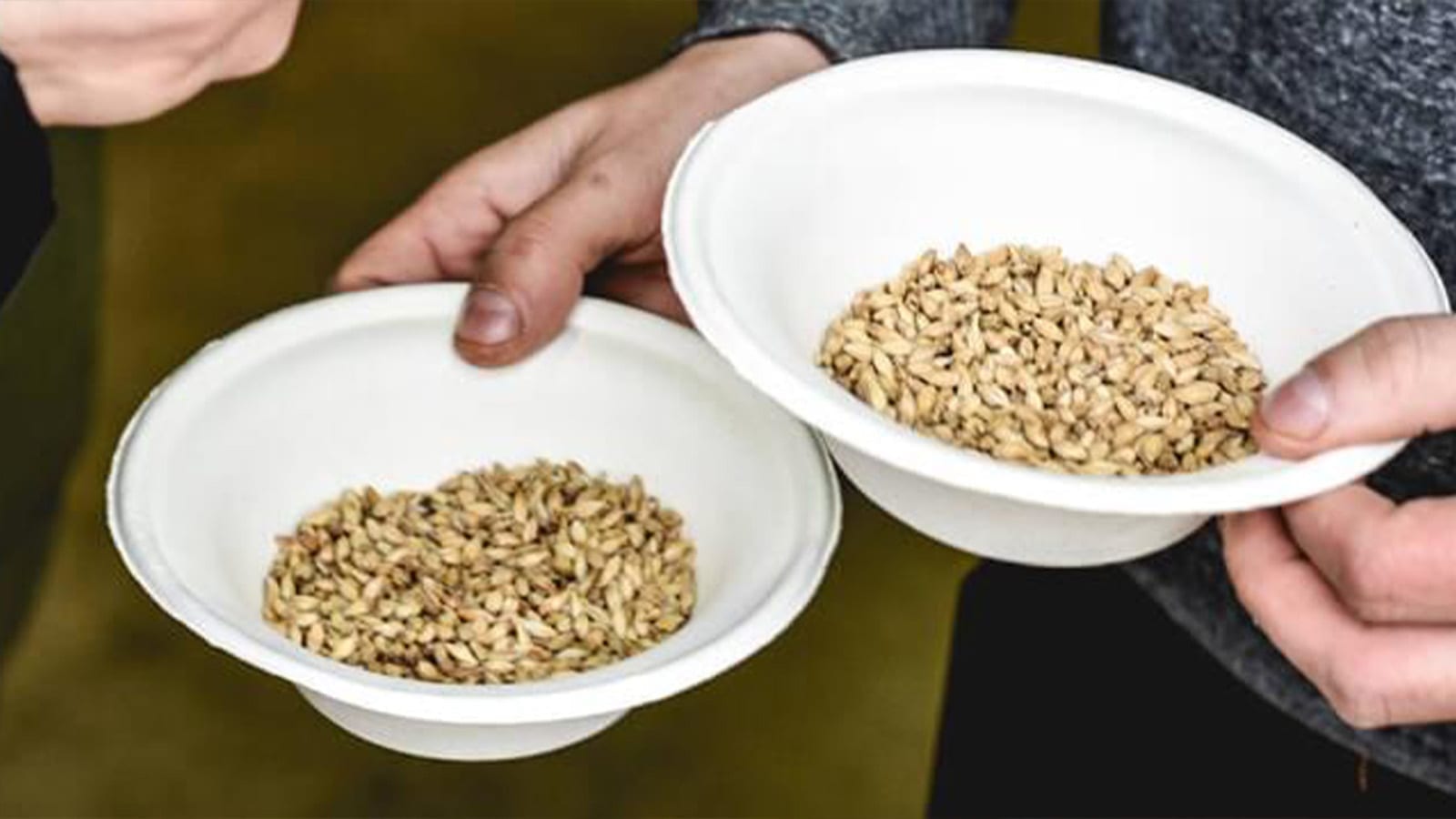
“It’s a step in the process that we will never get rid of because it does add a little bit of something which brings it closer to that true lager flavour,” says Mario Canestrelli, head brewer of Braybrooke Beer Co., in Market Harborough. “You can simplify all of [the brewing processes], you can shorten the lagering time, change your yeast, ferment a little bit warmer, take decoction out, but every little thing contributes to the whole.”Braybrooke’s main beer is Keller Lager, a malt-forward lager in the Franconian tradition inspired by Bamberg’s Mahr’s Bräu’s classic lager, aU. In a two-vessel brewhouse, with a mash-kettle and a lauter tun (the vessel used to separate wort from the spent malt), Braybrooke use a typical step mash going from 54ºC to 62ºC to 72ºC. After a rest there, three-quarters of the mash goes over to the lauter tun, while the remaining mash is boiled hard for a few minutes before joining the rest in the lauter tun. The wort is then separated from the grain and moved back into the kettle where the hops are added.
Traditional breweries have made the decoction more efficient in modern brewhouse.
This ‘mash-out’ decoction has also been used in several beers by Bristol’s Lost & Grounded, and it’s how most of the breweries around Franconia do their mash nowadays, including Mahr’s – traditional breweries have made the decoction more efficient in modern brewhouses; using a step mash before the decoction adds its essential caramelised quality. At Utopian Brewery, they use a double decoction. They step mash to 63ºC then transfer around one-third of the mash into their kettle (which has been retro-fitted to be able to perform this kind of mash), raise the temperature for an alpha amylase rest, then it’s boiled for 10 minutes before returning to the mash tun, which takes the overall temperature up to 72ºC. The second decoction takes around one-fifth of the mash and boils it, with the resulting mash temperature rising to 76ºC, which is an ideal temperature for the lautering process and to denature the enzymes to stop them from working further. “If you’re trying to make exceptionally good lager beer then decoction becomes a necessity,” says Swainson. “We’ve had high-quality barley for a long time and we don’t need to do a decoction mash on it, but that’s not the reason why German or Czech brewers do decoction. It’s 100% a flavour consideration. If you want to make exceptional Helles, Pilsner, Bock, there’s no other good way of doing it.”
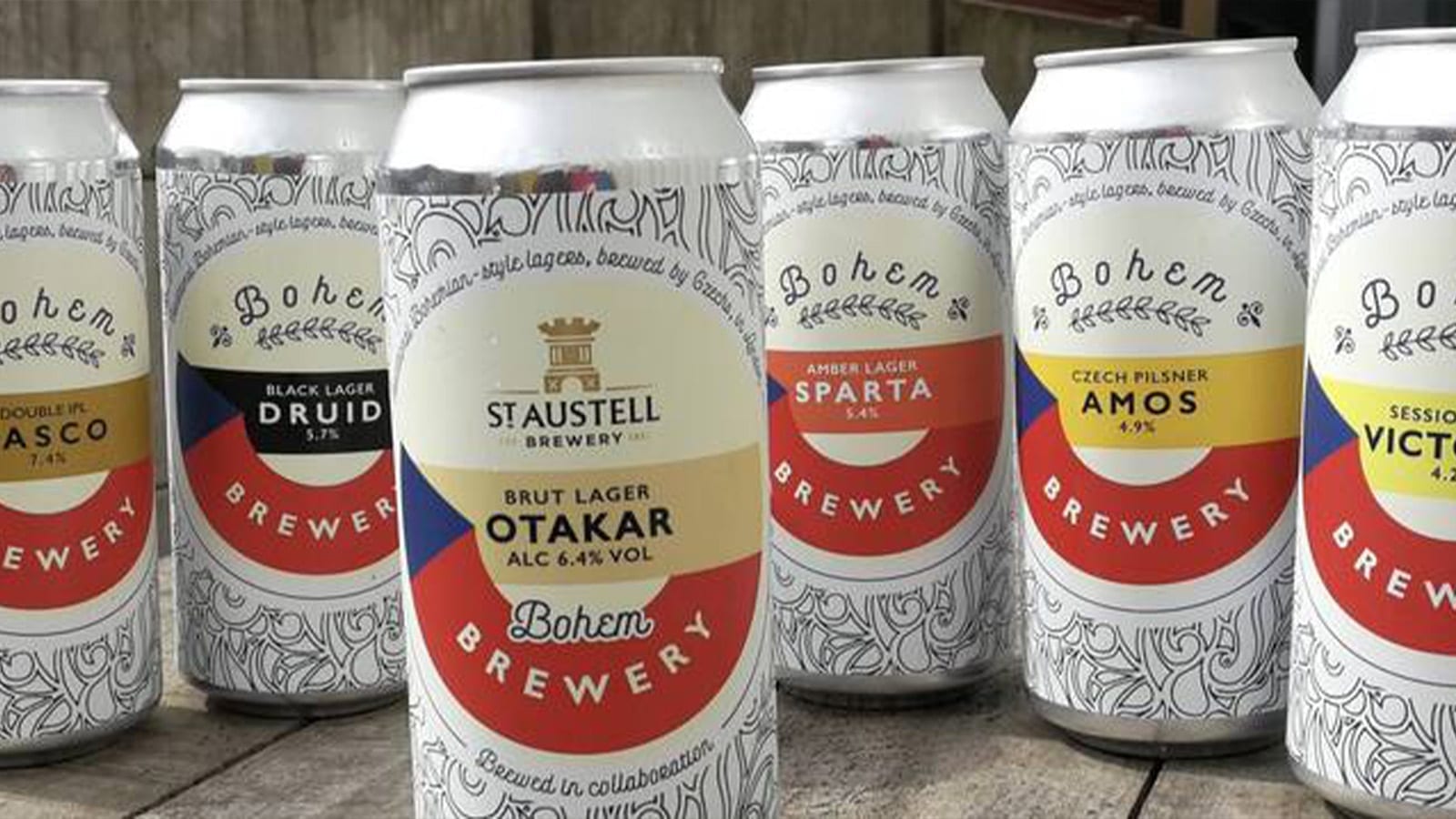
“It’s not so much taste but it’s a feeling,” says Petr Skocek, brewer and co-founder of Bohem Brewery in Tottenham. Bohem was started by Czechs, all their beers are in the Czech-style, and their Czech brewhouse is designed to make decocted lagers. They use a double decoction of Skocek’s invention, and it’s part of an extended mash regime which means it takes them 10 hours to brew each batch of beer, but, as Skocek explains, “when you drink it you can feel some fullness of the body. If it wouldn’t be different [to an infusion or step mash], why would all the Czech brewers still be doing it? For me the decoction gives fullness and complexity of the taste.”
No one needs to brew lagers with a decoction mash these days and it’s complicated and time-consuming, but that’s not the point. The point is that by drawing off and boiling the mash you create new flavours and a new richness in the beer – a new core, or kern – that is as inimitable as it is traditional, and it’s giving British lagers with greater variety and character.
Article Source – Ferment Beer 52
Come on In!
SUN - THURS
12:00pm - 11.00pm
FRIDAY
12:00pm - 11.30pm
Saturday
11:00am - 11:30pm
Last order 30 mins before closing
Contact US
Phone Us
07477 495 015
Email Us
Address
124, High Street, Rickmansworth,
Hertfordshire, WD3 1AB
